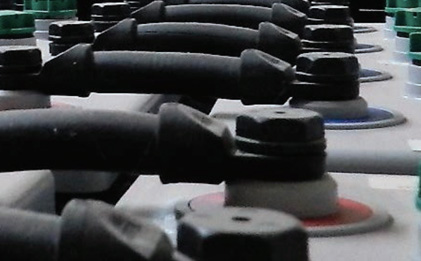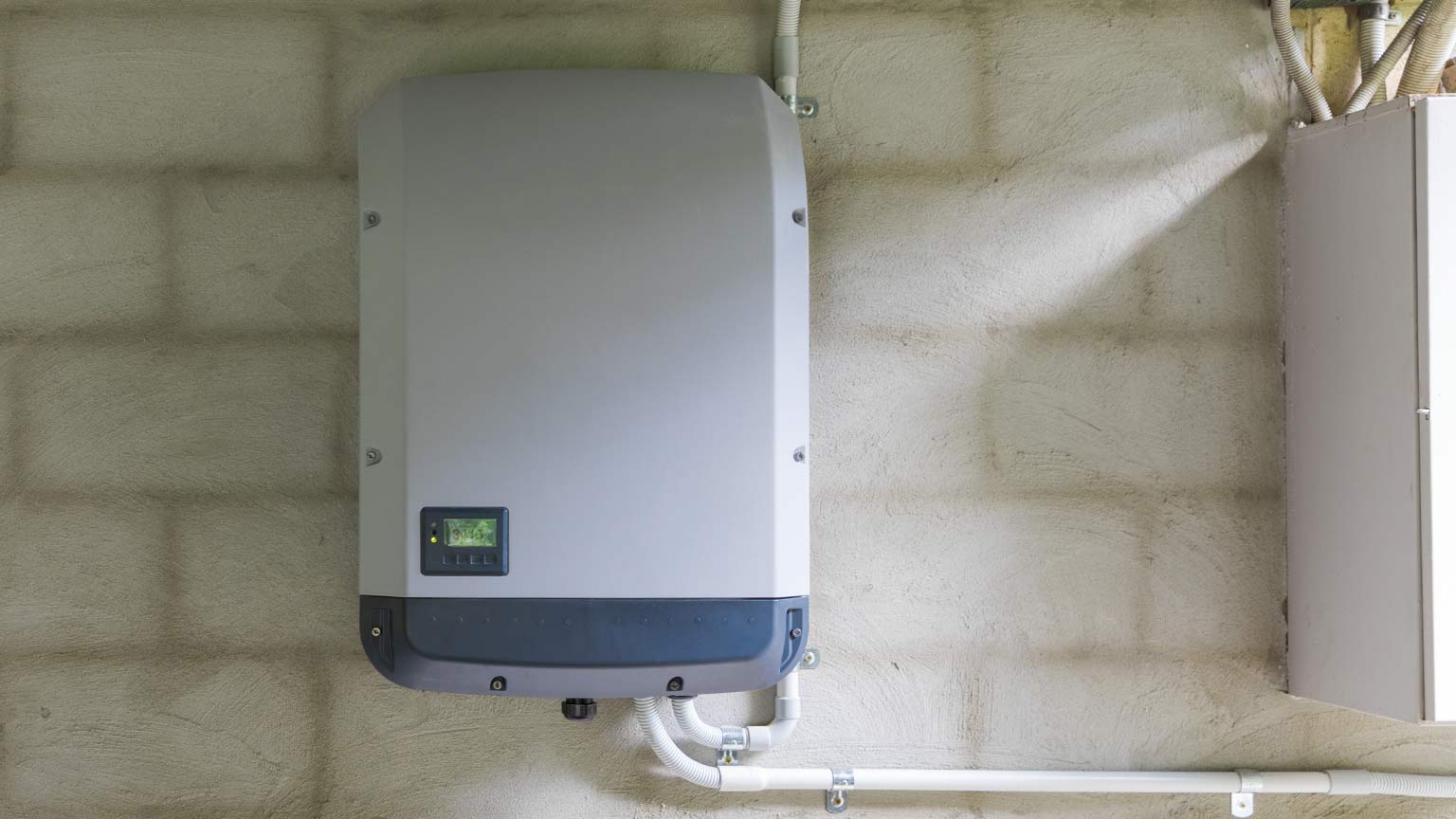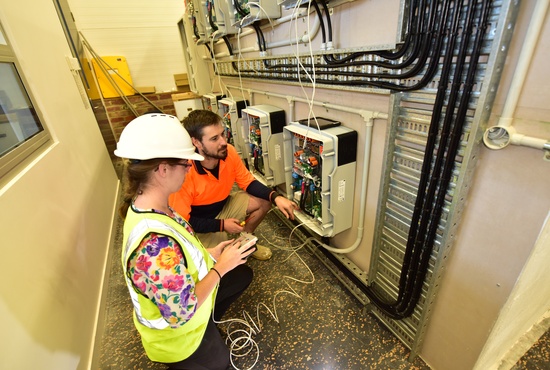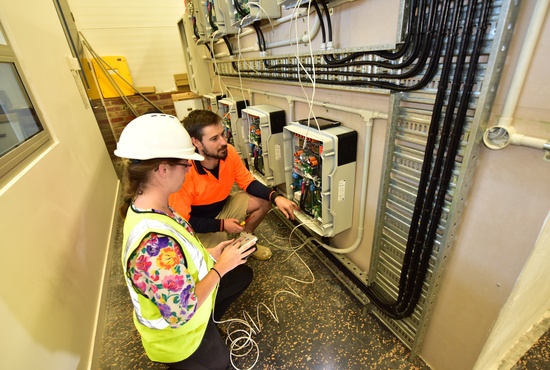Summary
The Testing the Performance of Lithium Ion Batteries project analyses the performance of twenty-six leading batteries, comparing major lithium-ion battery brands to existing and advanced lead-acid battery technologies, as well as a zinc-bromide flow battery and a sodium-nickel chloride battery.
The purpose of the Testing the Performance of Lithium Ion Batteries project is to verify claims made by manufacturers about performance, integration, and installation of battery packs, and to disseminate the results to the public. To achieve this ITP is independently testing the performance of each battery side by side in hot daytime and cool overnight temperatures, similar to what they would be expected to face in real-world conditions. Testing takes place in a climate-controlled enclosure at the Canberra Institute of Technology.
As the batteries are cycled they lose the ability to store as much energy as when they were new. The key objective of the testing is therefore to measure the batteries’ decrease in storage capacity over time and with energy throughput.
In view of the strong and growing interest in battery storage, ARENA has funded this project over three phases, allowing the addition of new batteries to the trial.
Key results
- ITP Renewables tested the performance of residential and commercial-scale battery packs in a purpose-built, climate-controlled enclosure at the Canberra Institute of Technology.
- Eight batteries were installed initially, followed by a further ten installed in a second phase. Another eight battery packs, including a lithium-titanate battery and a sodium-nickel battery, were installed in late 2019.
- While many battery packs have experienced faults and/or failed prematurely, the Sony battery pack from Phase 1 has proven highly reliable, alongside the Pylontech and GNB Lithium battery packs from Phase 2.
- There is a disconnect between communication from manufacturers and distributors and ITP’s experiences on product capability (particularly integration and compatibility).
- Manufacturers appear to be moving towards either integrated battery and inverter products or battery packs that are only compatible with inverters from the same manufacturer.
- In terms of market development, more high-voltage battery inverters and battery packs are now available.
- The number of battery failures and required replacements during the trial has been greater than originally estimated.
- This has been across products, i.e. a mix of established and emerging manufacturers.
- Some manufacturers have become insolvent during the trial period, highlighting the importance of choosing manufacturers who will be likely to endure any issues and honour warranties where required.
- The amount of time required for managing maintenance issues during operation was significantly underestimated and the level of support received from manufacturers varied widely.
Learn more
Six lithium-ion, one conventional lead-acid, and one advanced lead-acid battery packs were installed during Phase 1 of the trial, which commenced in August 2016. The trial was subsequently expanded with a Phase 2 in July 2017, to include an additional eight lithium-ion packs, a zinc-bromide flow battery, and an aqueous hybrid ion battery bank. Phase 3 commenced in late 2019 and involved the addition of another eight battery packs, including a sodium-nickel chloride battery and a lithium titanate battery.
All batteries were selected because they were commercially available and covered a spectrum of prices and chemistry variants. To ensure independence all batteries were purchased at full retail prices, primarily from third party distributors.
Users and industry were consulted in the design a testing regime and data structure in order to maximise the value of the findings. This will broaden the understanding of various emerging storage technologies, guiding how they can best be adopted as they increasingly compete with conventional lead-acid batteries on cost and reliability.
The testing results are being shared broadly across the energy industry with consumers, investors, power companies, and researchers. The provision of independent data and analysis helps inform and improve investment decisions about the future impact of both grid-connected and remote power system battery storage.






